131 Specific heat capacity. AAS as it is known by experts makes use of the principle of absorption of optical radiation.
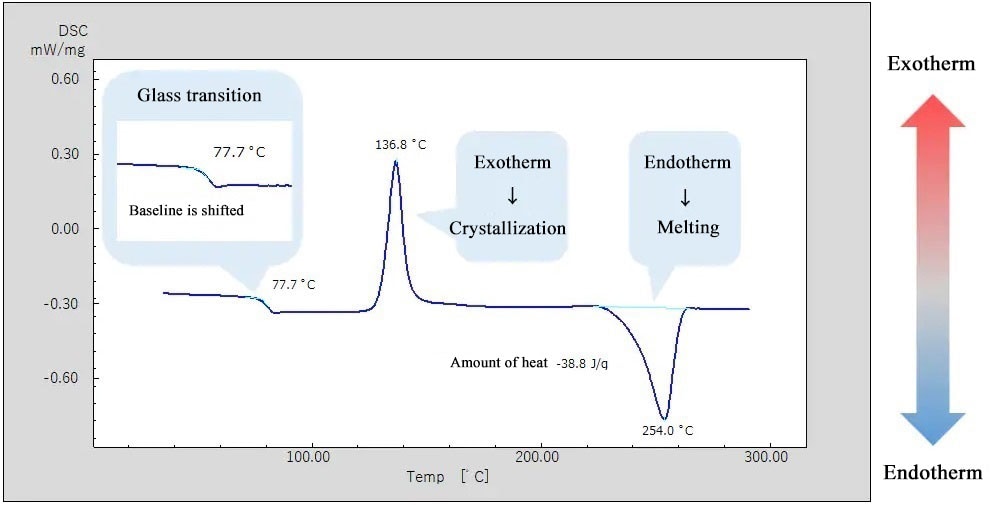
Chapter 2 What Is A Dsc Shimadzu Shimadzu Corporation
Differential Scanning Calorimetry Basic Theory Applications Training DSC DSC Training Course Agenda Understanding DSC Experimental Design.

. A simple calorimeter just consists of a thermometer attached to a. Features and Applications of High Sensitivity Differential Scanning Calorimeter DSC DSC7000X. On-Demand Webinars for Thermal Analysis.
Differential scanning calorimetry of irradiated Ti measures defect densities five times greater than those determined using transmission electron microscopy. Field emission scanning electron microscopy FESEM provides topographical and elemental information at magnifications of 10x to 300000x with virtually unlimited depth of field. Polymers represent another large area in which thermal analysis finds strong applications.
ONeill in 1960 and introduced commercially at the Pittsburgh Conference on Analytical Chemistry and Applied Spectroscopy in 1963 2. In the basic principle of thermogravimetric analysis the sample is heated in. A sample of the gold to be analyzed is placed in a Differential Scanning Calorimeter alongside a reference gold sample.
A model was established via a method that combines results of first-principle calculations elements of aqueous thermochemistry and experimental free energies of. Differential scanning calorimetry The technique was developed by ES. Differential Scanning Calorimetry DSC Excipients Testing.
For example the lower specific heat capacity of fat compared to other soft tissue indicates that fat requires. Niques including well-established thermogravimetric analysis TGA differential thermal analysis DTA differential scanning calorimetry DSC and. DSC is the generic term for the following two measurement methods.
Compared with convention scanning electron microscopy SEM field emission SEM FESEM produces clearer less electrostatically distorted images with spatial resolution down to 1 12. 3a and in situ X-ray diffraction Fig. It is recognized by the rheological.
Discussions about important experimental considerations will be presented. Thermoplastic polymers are commonly found in everyday packaging and household items but for the analysis of the raw materials effects of the many additive used including stabilisers and colours and fine-tuning of the moulding or extrusion processing used can be achieved by. The ARES-G2 is the most advanced rotational rheometer for research and material development.
As Hirst explains this is similar in principle to the calorimetry experiments many students carry out. Seeing is believing VISIBLY BETTER THERMAL ANALYSIS. Specialists in Analytical Instrumentation for Researchers Analysts involved with particle material sciences biotechnology and spectroscopy.
Were characterized using techniques of X-ray powder diffraction XRD analysis scanning electron microscopy SEM and differential scanning calorimetry DSC. Principle of Thermal Analysis DSC STA TMA. The enthalpy of dehydration obtained by applying the Clausius Clapeyron equation to experimentally defined equilibrium water vapour pressures agrees very well with the enthalpy of dehydration resulting from differential scanning calorimetry 137 - 06 kcalmol of water loss n 5 meaning that the Clausius Clapeyron equation can be applied to organic hydrate structures.
The method the researchers used is called differential scanning calorimetry. 3b reveal no martensitic transformation in the. Sometimes a related parameter known as the total solids is reported as a measure of the moisture content.
Expanded Principle of Operation Q Ts -Tr A B C R Thermal Resistance Imbalance Thermal Capacitance Imbalance Heating Rate Imbalance Tfs Ts Rs Tfr Tr Rr Cs. The specific heat capacity c Jkg K of tissue describes how much energy is required to change the temperature of 1 kg of tissue by 1 K 1C. Dieter Haemmerich in Principles and Technologies for Electromagnetic Energy Based Therapies 2022.
In addition discussions about DSC kinetics the nature of. Heat Flux DSCs A technique in which the temperature of the sample unit formed by a sample and reference material is varied in a specified program and the temperature difference between the sample and the reference material is measured as a function of temperature. Imbalzano First principle calculations of the residual resistivity of defects in metals thesis KTH Royal Institute of Technology Stockholm Sweden 2015.
This Knowhow Webinar is designed to help the polymer scientist understand how Differential Scanning Calorimetry DSC can be used to characterize polymeric materials from a formulation processing and problem solving perspective. Principle The sample and reference are maintained at the same temperature. It remains the only commercially available rheometer with a dedicated actuator for deformation control Torque Rebalance Transducer TRT and Force Rebalance Transducer FRT for independent shear stress and normal stress measurements.
Solution for An example of Eutectic mixture the freezing point of water is depressed by addition of inorganic salts. Nitrosamine Testing and Analysis. A calorimeter is an object used for calorimetry or the process of measuring the heat of chemical reactions or physical changes as well as heat capacityDifferential scanning calorimeters isothermal micro calorimeters titration calorimeters and accelerated rate calorimeters are among the most common types.
The method they used is called differential scanning calorimetry. Melting and sampling spectrum detection takes advantage of a thermo-analytical technique known as Differential Scanning Calorimetry. The basic principle of this technique is that water has a lower boiling point than the other major components within foods eg lipids proteins carbohydrates and minerals.
As Hirst explains this is similar in principle to the calorimetry experiments many students carry out in high school chemistry classes where they measure how much energy it takes to raise the temperature of a gram of water by 1C. First both differential scanning calorimetry Fig.
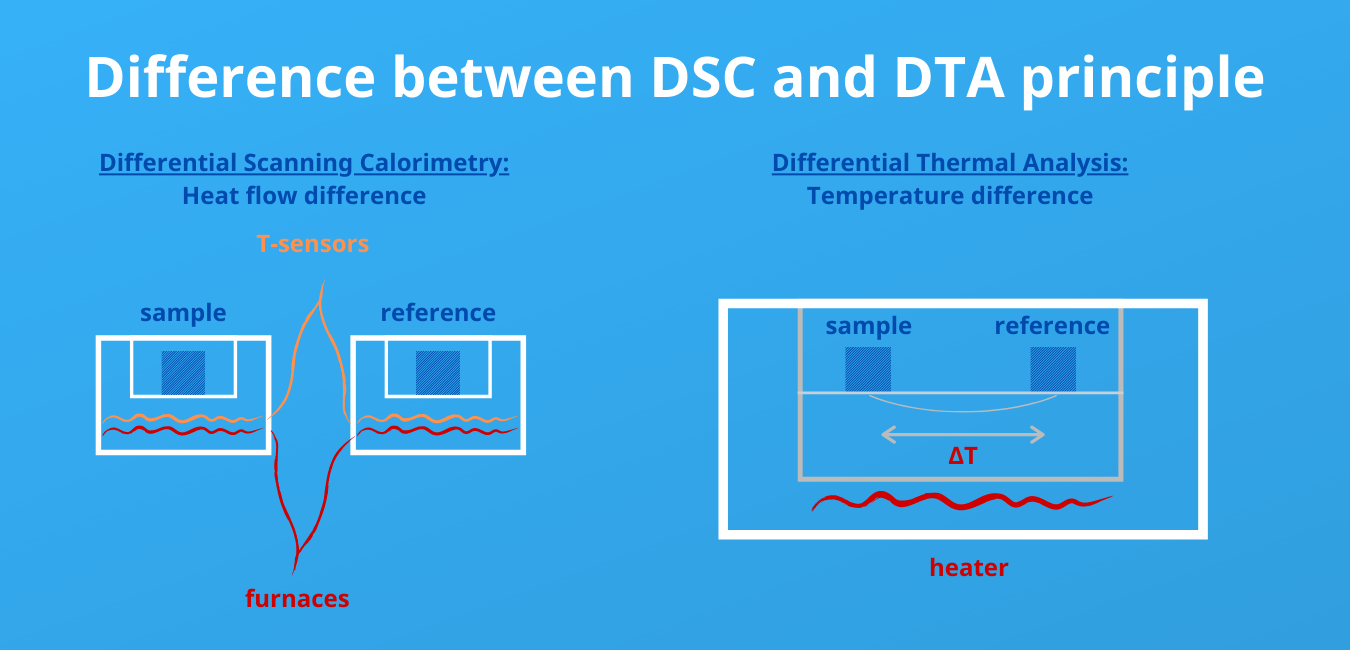
Differential Scanning Calorimetry How Does It Work

Differential Scanning Calorimetry Dsc Principle Instrumentation Application Of Dsc Youtube
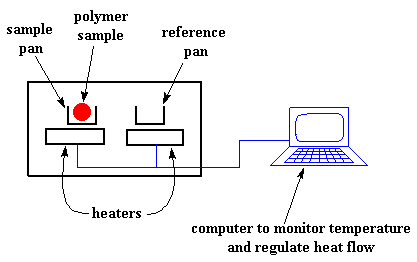
Differential Scanning Calorimetry
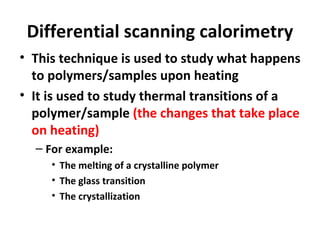
Differential Scanning Calorimetry
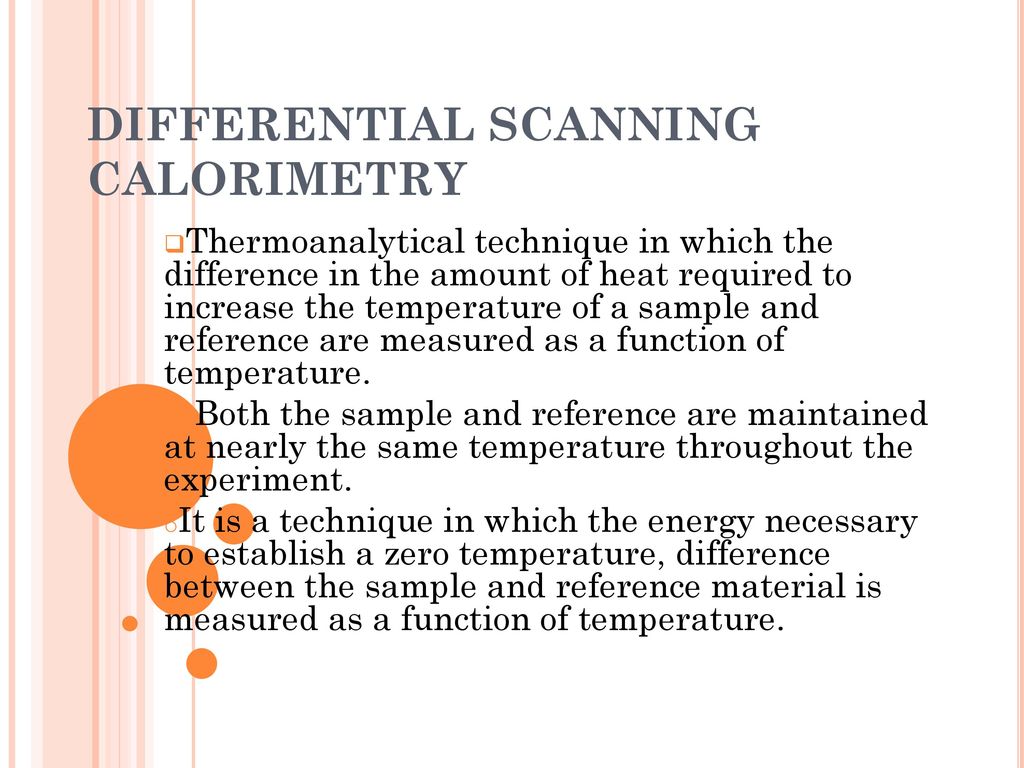
Differential Scanning Calorimetry Dsc Ppt Download

Differential Scanning Calorimetry Dsc Analyses Et Surface Au Coeur De La Matiere
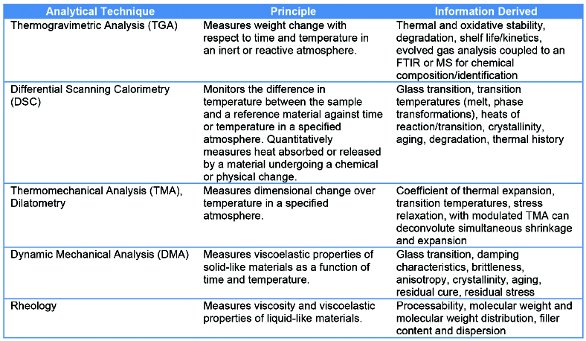
Differential Scanning Calorimetry Dsc As An Analytical Tool In Plastics Failure Analysis American Laboratory
Differential Scanning Calorimetry A Review Open Access Journals
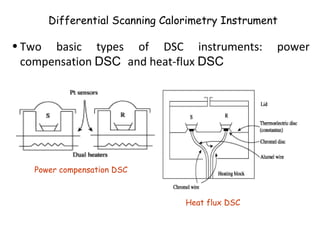
Differential Scanning Calorimetry

9 Dsc Power Compensation Principle Download Scientific Diagram

Differential Scanning Calorimetry Dsc Online Training Course Youtube
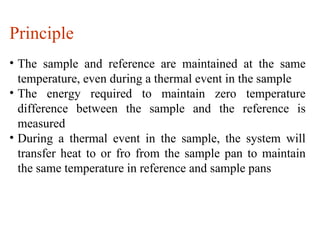
Differential Scanning Calorimetry

Differential Scanning Calorimetry Dsc Solid State Chemistry Aalto Aalto University Wiki

M6 Differential Scanning Calorimetry Review Of Operating Principles And Applications In Themal Anal Youtube

Principle Of Differential Scanning Calorimetry Dsc Download Scientific Diagram
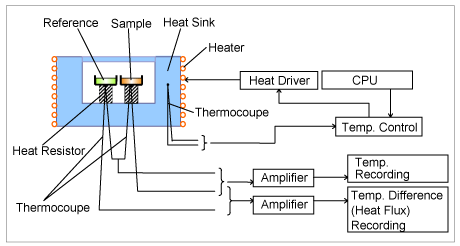
Principle Of Differential Scanning Calorimetry Dsc Hitachi High Tech Global

Differential Scanning Calorimetry Eindhoven University Of Technology Research Portal

Differential Scanning Calorimetry An Overview Sciencedirect Topics

Dsc Analysis Fundamentals And Applications
